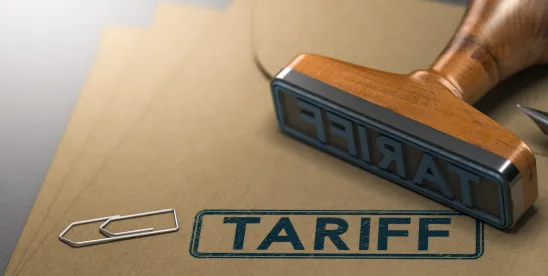On Thursday, 8 May, shortly after the announcement of the trade agreement with the United Kingdom and the United States, US Trade Representative Jamieson Greer and Treasury Secretary Scott Bessent provided additional details on the trade “agreement” reached with representatives of the People’s Republic of China in Geneva. The agreement was realized in the 12 May executive order “Modifying Reciprocal Tariff Rates to Reflect Discussions with the People’s Republic of China.”
Both countries announced that they would lower the 125% tariffs that were put in place after 2 April to 10% for 90 days. China will also end its restrictions on rare earth and other exports of sensitive goods during the 90-day pause. The United States will retain its 20% tariffs related to fentanyl issues and all other tariffs and duties (including the Section 301 tariffs that have been in place since 2018 and the Section 232 tariffs on steel, aluminum, and automobiles/automobile parts, as well as antidumping/countervailing duties and normal customs duties). This temporary pause brings the minimum US tariff rate on imports from China to 30%.
President Donald Trump’s 12 May executive order also amends the duty rates for goods from China or Hong Kong that fall under the US$800 de minimis threshold that were raised in the 2 April executive order “Further Amendment to Duties Addressing the Synthetic Opioid Supply Chain in the People’s Republic of China As Applied to Low-Value Imports.” The new duty rates, effective 14 May, impose a 54% ad valorem duty rate or a flat specific duty rate of US$100 per package.
The two sides are continuing to negotiate, with the US delegation repeatedly emphasizing the “constructive” and “positive” tone in the negotiations and a “path forward” on the 20% fentanyl tariffs. Representatives from the Chinese trade delegation have also described the engagement with the United States as constructive but have not commented on the next steps in the negotiation, including a potential call between President Trump and China’s President Xi Jinping. Both countries have committed to establishing a “communication mechanism” to proceed with trade negotiations.1
The agreement, while demonstrating progress in the ongoing trade negotiations between the United States and China, is not a permanent deal and will require an extension or renegotiation before the end of the mutually agreed 90-day pause. As negotiations continue between the White House and global leaders, the trade and policy professionals at our firm remain actively involved in this area and are excited to help you navigate the fast-moving trade environment.
Footnotes
1 Anniek Bao, China calls U.S. trade talks ‘good’ but quiet on next steps, as Trump hints at Xi call, CNBC (May 16, 2025, 5:02 AM), https://www.cnbc.com/2025/05/16/china-calls-us-trade-talks-good-as-trump-hints-at-xi-call.html.
Additional Authors: Jasper G. Noble, Jeffrey Orenstein








 />i
/>i
